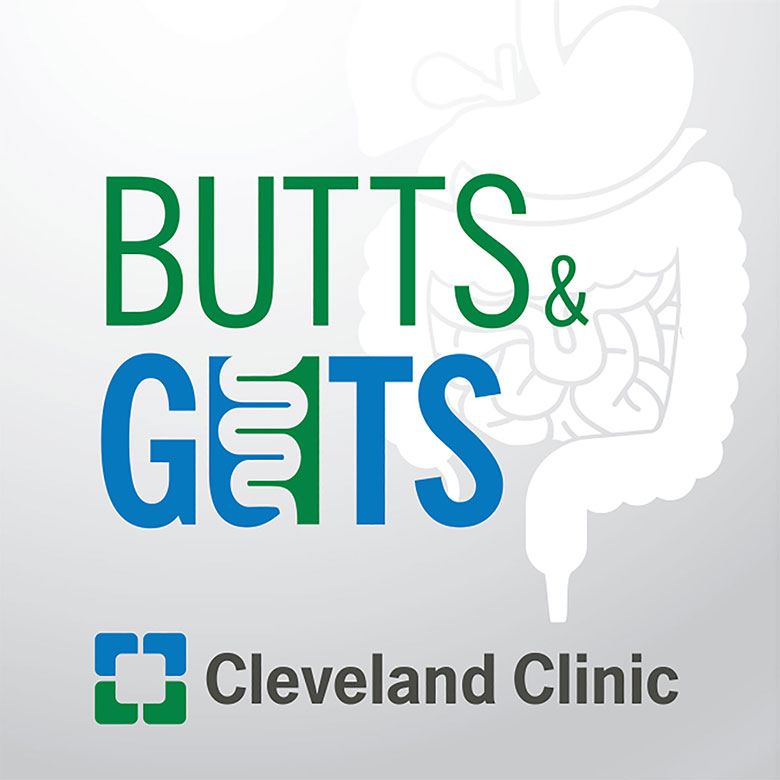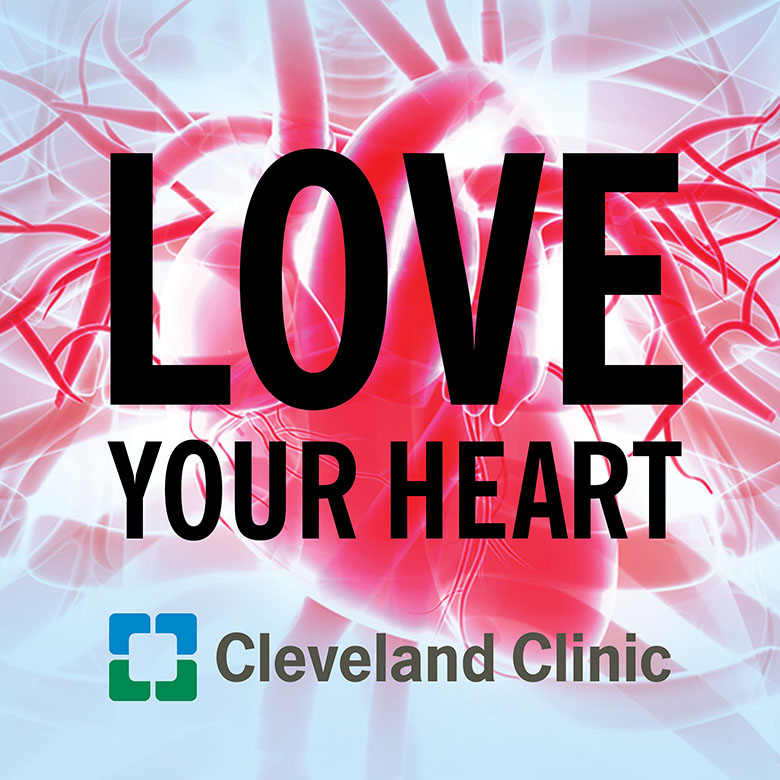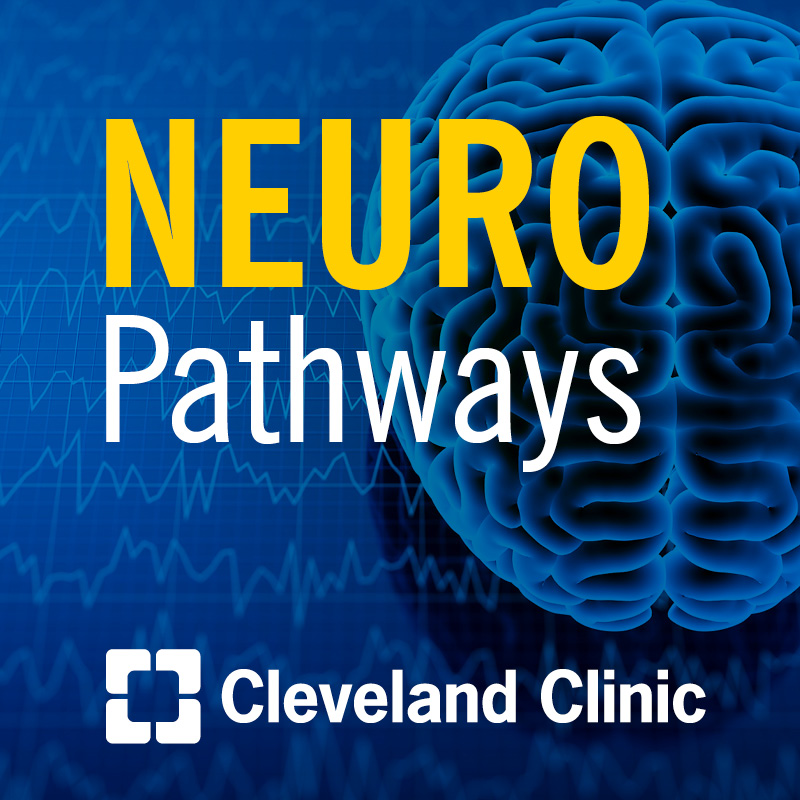Should You Recommend a Robotic Approach for Patients Requiring Heart Valve Surgery?
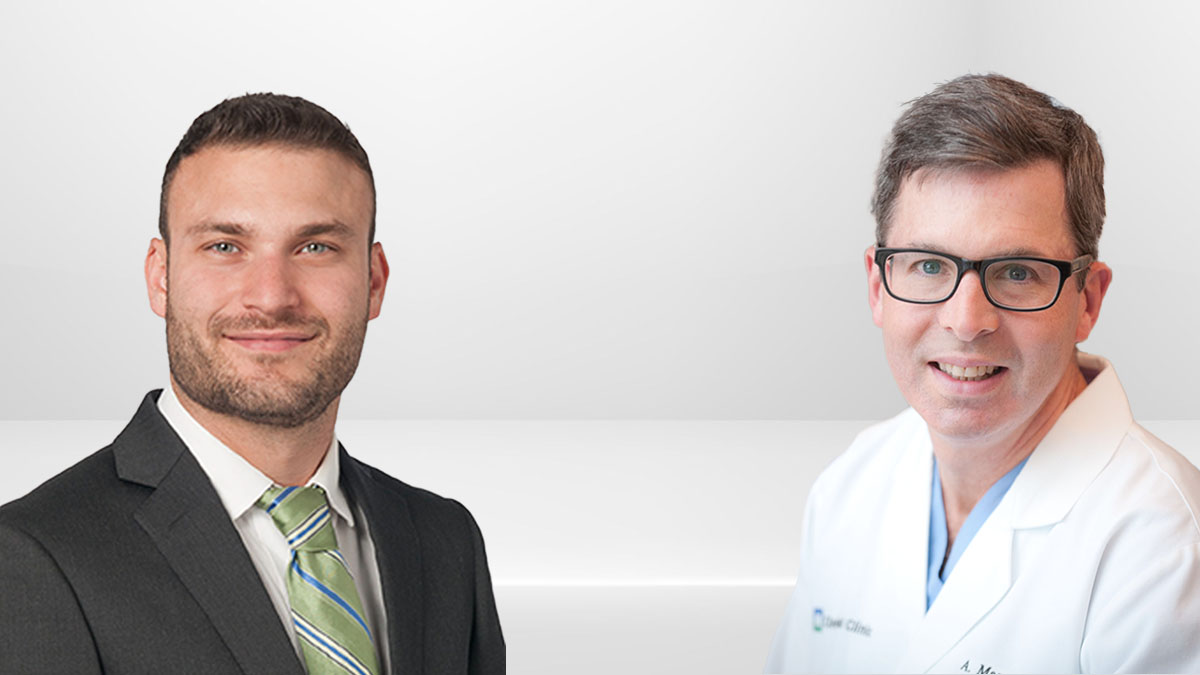
Robotically assisted heart surgery provides an alternative to a sternotomy that offers many benefits to the patient. Marc Gillinov, MD, and Tarek Malas, MD, discuss these benefits and considerations for a successful outcome.
Looking to refer a patient? Please reach out to our Physician Referral team Mon. - Fri., 8 a.m. - 5 p.m. (ET) at 855.751.2469.
Subscribe: Apple Podcasts | Podcast Addict | Buzzsprout | Spotify
Should You Recommend a Robotic Approach for Patients Requiring Heart Valve Surgery?
Podcast Transcript
Announcer:
Welcome to Cleveland Clinic Cardiac Consult, brought to you by the Sydell and Arnold Miller Family Heart, Vascular and Thoracic Institute at Cleveland Clinic.
Marc Gillinov, MD:
Hi, I'm Marc Gillinov, Chair of Thoracic and Cardiovascular Surgery at the Cleveland Clinic, and I'm with Dr. Tarek Malas. At Cleveland Clinic, we have one of the world's largest experiences with robotic cardiac surgery. We adopted this technology in 2006 and have been doing it consistently since then.
The reason that we do robotic cardiac surgery is, on the patient's side, a quicker recovery. There's no sternotomy, just incisions on the right side of the chest, so soft tissue only, and that means a quicker recovery. Patients can drive right away after robotic surgery. It only takes about three weeks for the intercostal muscles to heal. Their pain generally is less than with a sternotomy. They are less anemic. So overall, a quicker recovery for the patient.
On the surgeon's side, with our robotic camera, we actually get better visualization of intracardiac structures, particularly the mitral valve. The view with the surgical robot is unparalleled. What this means is that on the mitral side, we can do exactly the same repair with the robot as we would through a sternotomy. The valve can be complex, like a Barlow's valve. The valve can be simple, like P2 prolapse. We can do all of that with the robot.
Tarek Malas, MD:
Throughout our experience in cardiac surgery, we've expanded our indications for robotic surgery and have extended our experience in multiple areas of expertise. If you have patients who have mitral regurgitation, whether that's a simple or complex valve like a Barlow's or a posterior leaflet prolapse, we can do this robotically. We can also do tricuspid valve repairs, mitral valve replacements, ASD closures, certain types of benign tumors such as myxomas, and in certain specific patients, we can do also coronary artery bypass grafting.
Marc Gillinov, MD:
Our preoperative testing determines whether or not a patient is a candidate for robotic surgery. We, of course, always have an echocardiogram, and a transthoracic echo is generally adequate, particularly for the mitral valve. In addition, a coronary angiogram – we want to make sure that the patient doesn't have coronary artery disease – that's going to require a different approach.
Here, we do a CT of the chest, abdomen, and pelvis before robotic surgery to determine two things. First, is there any atherosclerosis in the femorals, iliacs, or aorta? Because with robotic surgery, we perfuse through the femoral artery. Second, we want to see if there's any abnormal cardiac or vascular anatomy, specifically patients who have a discontinuous inferior vena cava, a retroesophageal right subclavian artery. These vascular anomalies change the strategy for robotic surgery.
I think because we do this preoperative testing, we do not get surprised in the operating room, and we have an excellent rate of completing the operation robotically, meaning that conversions are extremely rare. If we start robotically, we virtually always finish robotically with just a small incision on the right chest.
Tarek Malas, MD:
With this excellent algorithm, we've screened many patients for robotic surgery, and our results are exceptional. In our experience, we've done more than 2,400 robotic mitral valve repairs, and our results speak for themselves. We have a 99% repair rate as well as a complication rate of only one in 2,000 patients. This speaks to the vast experience of our team, our algorithm, and also our dedication to making robotic surgery safe and effective.
Marc Gillinov, MD:
Dr. Malas and I, Dr. Gillinov, we do robotic surgery here at Cleveland Clinic every day. If you have a patient who you think might be a candidate for robotic surgery and you want a quicker recovery, a smaller incision, please contact us. We are available and we are honored to help you and your patients.
Announcer:
Thank you for listening. We hope you enjoyed the podcast. We welcome your comments and feedback. Please contact us at heart@ccf.org.
Like what you heard? Subscribe wherever you get your podcasts or listen at clevelandclinic.org/cardiacconsultpodcast.
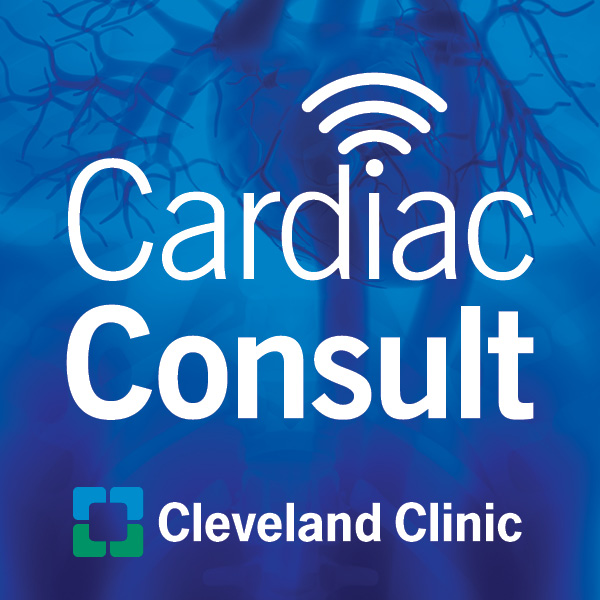
Cardiac Consult
A Cleveland Clinic podcast exploring heart, vascular and thoracic topics of interest to healthcare providers: medical and surgical treatments, diagnostic testing, medical conditions, and research, technology and practice issues.
